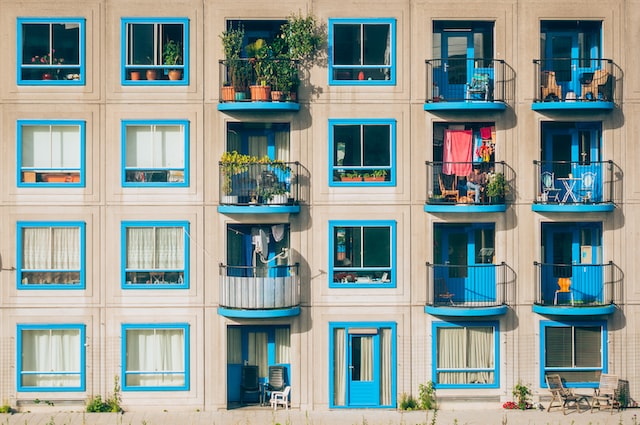Maisonettes are typically spread over two floors, while flats are usually found on just one. Maisonettes also tend to have their own front door, while flats often share the main entrance with other units in the building. Maisonettes typically have more internal space than flats.
What is a maisonette?
A maisonette is a self-contained living space, typically on two floors connected by an internal staircase. A maisonette has its own front door and direct access to the outdoors. Maisonettes are usually found in older properties or purpose-built blocks of flats.
What is a flat?
A flat is a self-contained unit of accommodation that occupies only part of a building. The term “flat” is used in the United Kingdom, Ireland, Hong Kong, and some Commonwealth countries. In the United States, the term “apartment” is more common.
Flats usually have their own kitchen, bathroom and living space. They are located on one level in a larger building. The word “flat” derives from the Old English word “flet,” which means floor or dwelling.
Maisonettes Vs. Flats
Maisonettes are typically two-story homes that are connected to other homes in a block. They may be detached or semi-detached, but they always have their own front door that leads directly into the property. Maisonettes often have their own gardens, which can be a great perk for those who enjoy spending time outdoors.
Flats, on the other hand, are usually found in taller buildings and are accessed via a communal entrance. They tend to be smaller than maisonettes and do not have as many amenities. However, flats can be a great option for those who want to live in an urban area and do not need a lot of space.
Pros and cons of living in a maisonette or flat
On the plus side, maisonettes often come with their own private outdoor space in the form of a balcony or terrace. This can be a real bonus if you enjoy spending time outdoors or entertaining guests. Maisonettes also tend to be more spacious than flats, with higher ceilings and larger rooms.
On the downside, maisonettes can be more expensive to buy or rent than flats. They may also be less convenient if you need to use public transport or commute to work, as they are often located on upper floors with no lift access.
Who owns the roof on a maisonette?
The owner of the maisonette owns the roof and is responsible for its maintenance. The owner of a flat does not own the roof and is not responsible for its maintenance.
Do you pay a service charge on a maisonette?
Yes, service charges are generally applicable to maisonettes. Service charges are typically used to cover the costs of maintaining common areas and amenities, as well as any repairs or improvements that may be required. The amount of the service charge will vary depending on the size and location of the maisonette, but you can expect to pay slightly more than you would for a flat of comparable size.
Photo by Ján Jakub Naništa on Unsplash









